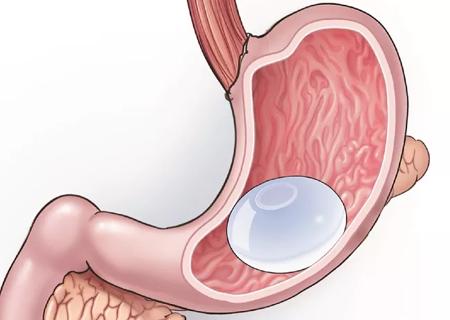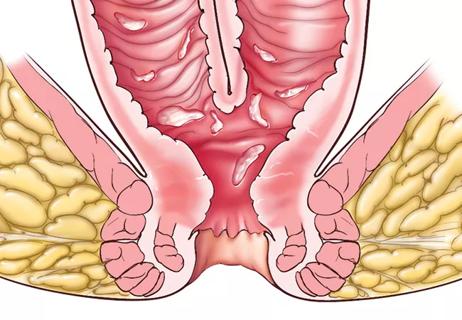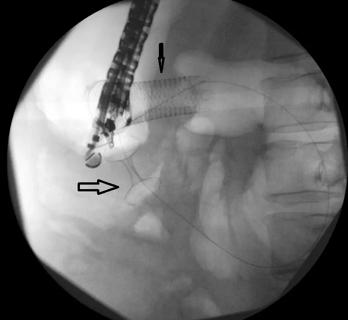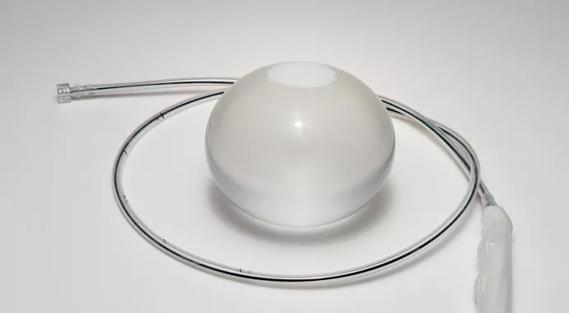System potentially less invasive with reduced trauma

Traditional laparoscopic surgery using 5-mm instruments has dominated the minimally invasive surgery landscape.
Cleveland Clinic is a non-profit academic medical center. Advertising on our site helps support our mission. We do not endorse non-Cleveland Clinic products or services. Policy
Cleveland Clinic is the first institution in the world to test a potentially less invasive surgical system that employs a 2.9-mm diameter shaft (or 2.1 mm smaller) that can be inserted percutaneously without the use of an introductory trocar. Use of the micro-laparoscopic platform requires a smaller incision than traditional laparoscopic surgery but allows for the use of fully functional standard laparoscopic instruments, with the potential advantages of less scarring and less pain, says Matthew Kroh, MD, Director of Surgical Endoscopy in the Cleveland Clinic’s Digestive Disease Institute.
The percutaneous surgical system platform consists of a set of components in various configurations to allow for multiple functions. The 2.9-mm diameter shaft is inserted percutaneously using an introducer needle tip. Via a reusable handle, the shaft can be connected extracorporeally to a variety of interchangeable 5-mm end effector tips.
The system performed well in the first 15 general laparoscopic cases in which it was used at Cleveland Clinic, and functioned “just as we would expect a standard 5-mm laparoscopic instrument would,” Dr. Kroh says.
Instead of using trocars, the shaft of the instrument is entered directly through the abdominal wall. “What’s unique about these is that the shafts can be exchanged outside of the body so that robust standard-size laparoscopic instruments can be attached to them. Basically, the shaft is passed through an adjacent trocar, so some trocars have to be used,” he says.
Use of the same 5-mm instruments as in standard laparoscopy offers the advantage of instrument strength, overcoming an obstacle with narrow-caliber laparoscopic instruments. In addition to the smaller incisions, use of the percutaneous system requires few adjustments to surgeons’ techniques.
“The difference with the percutaneous surgical system is that you can pass the shaft all the way out through the abdominal wall and then attach a typical 5-mm end effector,” Dr. Kroh explains. “You’re doing a more standard laparoscopic operation with the same instruments that can cut, grasp and retract effectively, but with decreased trauma and access to the abdominal wall.”
In addition, the smaller incision and access sites required may allow for less hesitancy to use additional ports as needed, he indicates.
Fifteen consecutive patients, including three with high body mass index who presented for bariatric surgery, underwent various laparoscopic surgical procedures at Cleveland Clinic using the percutaneous surgical system to varying degrees. “In every case, we used at least one of the percutaneous instruments, and some had up to four,” says Dr. Kroh.
On average, about two trocars were used per case, and several extracorporeal instrument exchanges were performed. There were no postoperative complications and patients were discharged as expected. At initial follow-up between one and two weeks postoperatively, patients reported no complications at surgical sites and less pain at the sites in which the percutaneous system was used compared with other surgical sites.
“I think the system will allow us to change some of our access sites to decrease trauma for certain applications,” he predicts. “It won’t be just in general surgery but the urologist, gynecologist and colorectal surgeon, for example, will have applications using other devices designed to decrease trauma to the abdominal wall.”

Minimally invasive, scarless procedures offer more alternatives for patients

Rates similar for both methods

Shorter length of stay, fewer surgical site infections versus laparotomy

Helps patients who aren't good surgical candidates

Cleveland Clinic among first centers to use devices

Approach useful for challenging colonic lesions

Findings support the safety of the technique

Insights from murine models could help guide care for patients